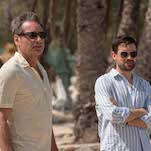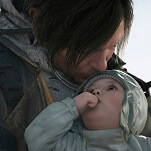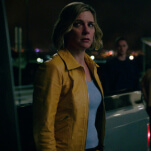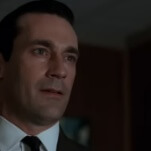On Intimate Encounters and Degradation of Sanctuary in Resident Evil 7
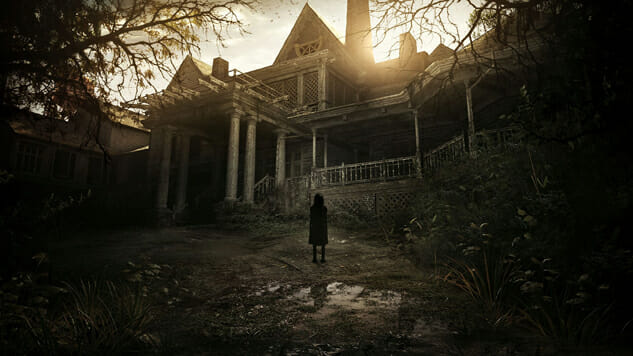
Today, Resident Evil 7 will be released. This latest installation in the series is an intriguing return to its origins: a terrifying corruption of our own homes. It’s time to stop traveling the world to slay unholy abominations that threaten to destroy the world and remind ourselves why the word Resident is in the title.
As if to address the trepidation of the Resident Evil community about the new direction the series is taking, Capcom has deviated from the traditional press cycle to keep player expectations at bay. Fans are understandably hesitant about some of the new features announced with the sequel, including the switch from third to first person, and the game’s newfound emphasis on VR. Thus, following the game’s surprise announcement at E3 2016, a demo was made immediately available, and the game’s release date revealed as only seven months away, drastically reducing the potential build-up time for backlash. This was followed by a long period of silence punctuated only by demo updates and a few teaser trailers, which mostly served to assure series regulars that the familiar staples of the past would remain intact. Capcom has managed this makeover in an intriguing, if meticulous, way.
Resident Evil 7 doesn’t play like its immediate successors in the series, due to both this switch in perspective and Capcom’s renewed interest in smaller scale, intimate encounters. While the original Resident Evil was set in a mansion (and most of us can barely afford a studio apartment, much less a house) it still honed in on the idea that bad things can happen in our own homes. Later sequels became a ridiculous, globe-encompassing nightmare that, in expanding the once-intimate setting, lost both its meaning and its ability to evoke terror. On the surface, unsettling imagery like fleshy, writhing masses of tentacles and bone blades may seem scary, but without a grounded location, it simply crosses the line into the unbelievably bizarre.
The Paranormal Activity movies, love ‘em or hate ‘em, were predicated on this same type of horror. While rife with jump scares set in a dread-instilling atmosphere, the most powerful trick in the series’ bag was its ability to take you by surprise, lurking beneath your bed to drag you by the ankles at any moment. The haunting of a family or romantic couple becomes relatable because hey, I have a home too. It doesn’t matter if the smaller details don’t match, the house in the movie has two floors or exists in a city halfway across the world. By transitive property houses are now evil. Regardless of the floor plan, all of them have dark corners for evil to hide in when the sunlight fades away.
While Resident Evil 7 isn’t set in a house per se, it does harken back to the series’ original mansion setting by taking place on a plantation in Dulvey, Louisiana. While Resident Evil history dictates that there’s probably (definitely) a vast research facility underneath the property, a recent press demo showed that a significant portion of the story will be in a derelict plantation mansion. A lifetime of media, folklore, and anecdotal experience have transformed the ordinary into the sinister, the mundane into something to be feared.
As Capcom is looking to the earlier Resident Evil games for inspiration they need to remove the barrier between secure and dangerous spaces. The first few games had safe rooms and while they were a great place to catch your breath, save the game, and manage your inventory, the binary system Now You’re Scared/Now You’re Safe needs to go. That’s what the pause button is for, ya wimps.


























